
Unveiling the Power of Glycolic Acid Serum: A Comprehensive Guide
The glycolic acid serumfor the face is one of the most popular chemically-infused skincare products in today’s market. Most people use this serum to achieve the ever-glowing skin they have always desired. However, glycolic acid is not only about the benefits as it has a few side effects too.
So, if you’re a skincare enthusiast, it is best to know everything about glycolic acid serum before using it. In this article, learn not only what benefits and side effects this serum entails but also its best alternative. So, let’s start.
What is glycolic acid serum?
Glycolic acid serum, as the name suggests, comes with glycolic acid as its main ingredient. This acid is one of the youngest members of the AHA family. Any glycolic acid-based serum breaks down the dead skin cell surface to expose your younger cells underneath.
Moreover, this serum promotes new cells to migrate to your skin surface for a plumper, youthful appearance. Serving the purpose of an exfoliator, this serum breaks down the ‘attached’ dead skin cells from the fresh, young ones to reveal the more youthful side of yours.
Benefits of using glycolic acid serum
One of the many glycolic acid serum benefits is that it acts like an exfoliant. So, it removes dead skin cells from your face and makes it look brighter and younger. This serum can permeate through your skin to boost collagen production.
So, a surplus of collagen helps you reduce fine lines and wrinkles on the face. Also, it brings an amazing anti-ageing impact and gives you the dreamy, radiant look you desire. And do you know that hyperpigmentation can be reduced by this acid-based serum?
Not only that, this serum also lightens your skin, maintains cleanliness, and keeps you from any breakouts. Also, people use glycolic acid to improve moisture when their skin tends to dry out quickly. This serum never fails to keep your skin’s top layer moist.
How to use glycolic acid serum on face
If you have sensitive or acne-prone skin, experts recommend starting out slowly while using any exfoliant.
So, to properly use glycolic acid, begin with a small patch test to determine your level of sensitivity. Initially, when using a product once or twice a week, pick one with a lesser concentration and gradually incorporate it into your regimen.
Cleanse your face, then use the glycolic acid serum and moisturise afterwards. If Whether you’ve Oily and acne-prone skin, you can always cleanse your skin using Tthe Pink Foundry’s Clearing & Calming Acne Face Wash.
This amazing cleanser is better than any other day-to-day face wash you see in the market. Check for the ingredients yourself, and you’ll understand. For the ultimate moisturising, we recommend our Acne Care & Healing Gel Moisturiser with Tea Tree & Cica.
Ingredients in glycolic acid serum
As we know, the main ingredient in any glycolic acid serum is glycolic acid itself. This AHA family member ensures optimal skin exfoliation to remove any dead skin cells and boost skin glow. Besides that, this type of serum also comes with ingredients like retinol, niacinamide, and salicylic acid. These additional ingredients make your serum more powerful and effective against all skin concerns.
Side effects of using a glycolic acid serum
Dry skin, erythema (redness), a burning feeling, itching, skin irritation, and skin rash are typical adverse effects of glycolic acid. Skin can become more sun-sensitive after using glycolic acid. So, always wear sunscreen and a hat before going outside.
Also Read:Incorporating Glycolic Acid and Niacinamide in Your Routine
Alternatives to using a glycolic acid serum
For certain individuals, the niacinamide-based serum is preferable to glycolic acid serum since it is less irritating and may be used more regularly. Niacinamide, the better alternative to glycolic acid, comes with the following skin benefits:
- Niacinamide serum reduces redness and inflammation, especially for acne-prone or sensitive skin.
- Niacinamide-based serum controls sebum production, ensuring minimal breakouts and glowing skin.
- These serums work just like any glycolic acid by lessening the visibility of pores and wrinkles and enhancing skin texture.
- Use this serum to eliminate hyperpigmentation and dark spots and gain a more even and radiant complexion.
If you’re new to skincare, using a glycolic acid serum will just cause more skin irritation. This is where the Pink Foundry’s niacinamide-based Super Clarifying Serum which has 12% Niacinamide (Pure Grade)Dark Spot & Hyperpigmentation Correcting Power Serum comes to aid. Rich in niacinamide and other skin-benefitting ingredients, this powerful serum is all you need for healthy, glowing skin.
Conclusion
Alpha-hydroxy acids like glycolic acid are used to treat various skin issues. Although glycolic acid serums have plenty of benefits for those adding it to their skincare routine, it has some downsides, too.
So, if you’re new to skincare or have sensitive, acne-prone skin, you should prefer using a niacinamide-based serum. With the Pink Foundry, that’s been taken care of. Our powerful range of niacinamide-based serums will save your day anytime, anywhere. Explore now!
FAQs
How long does it take for the effects of glycolic acid to manifest?
Improvements start to show within two to three weeks, and the full transformation takes six to eight months.
What distinguishes salicylic acid from glycolic acid?
Alpha hydroxy acid (AHA) glycolic acid is very soluble in water, making it perfect for moisturising, exfoliating, and treating sun damage. Beta hydroxy acid (BHA) is salicylic acid. It helps exfoliate the skin by penetrating through oily skin layers.
Which is the best alternative to glycolic acid?
When it comes to glycolic acid serum, people with acne-prone and sensitive skin should steer clear of it. This is where a niacinamide-based serum works as the best alternative.


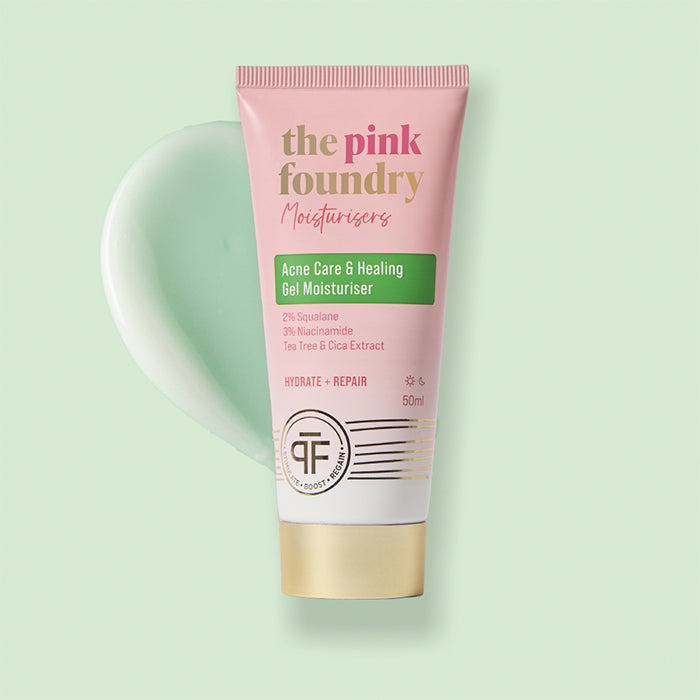



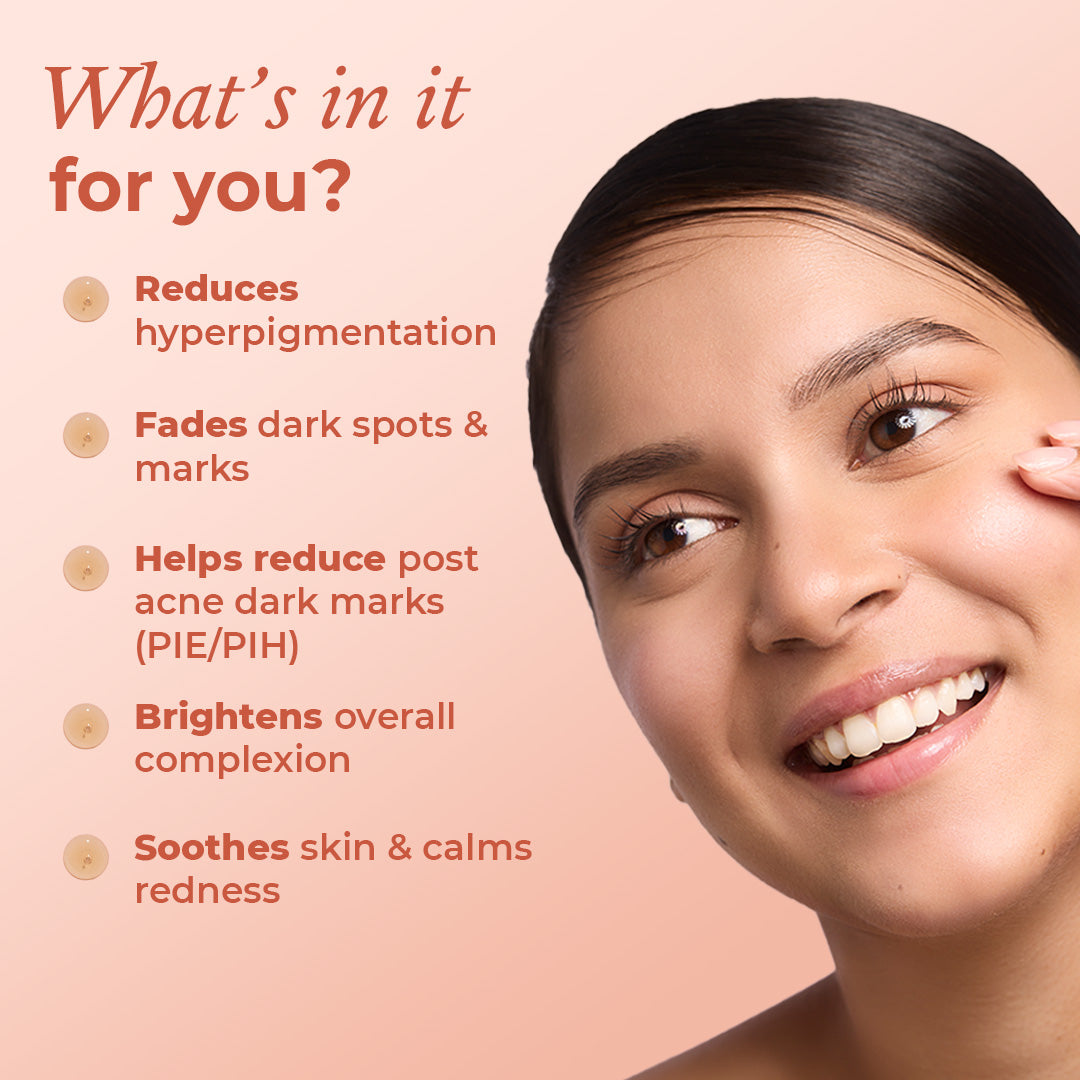

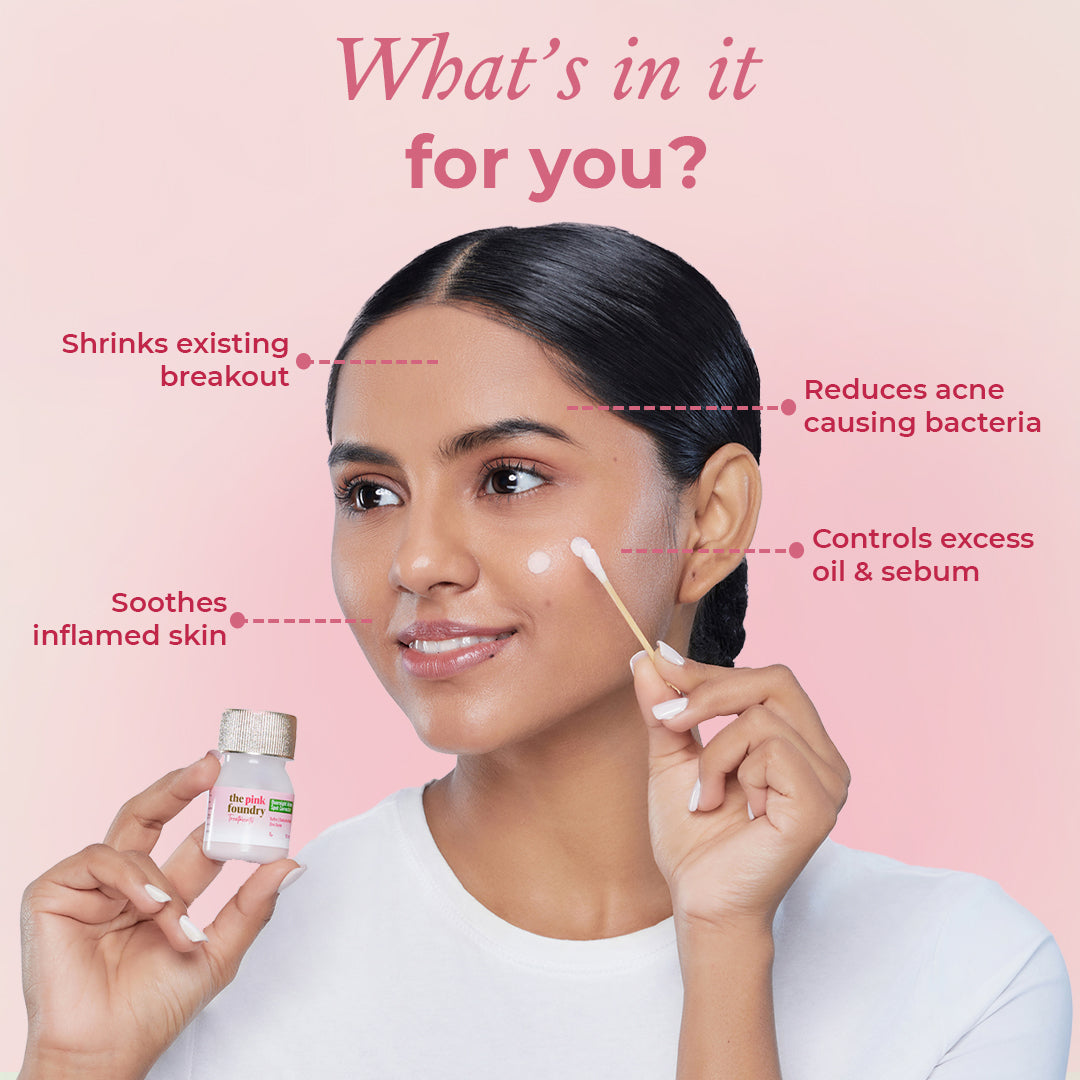
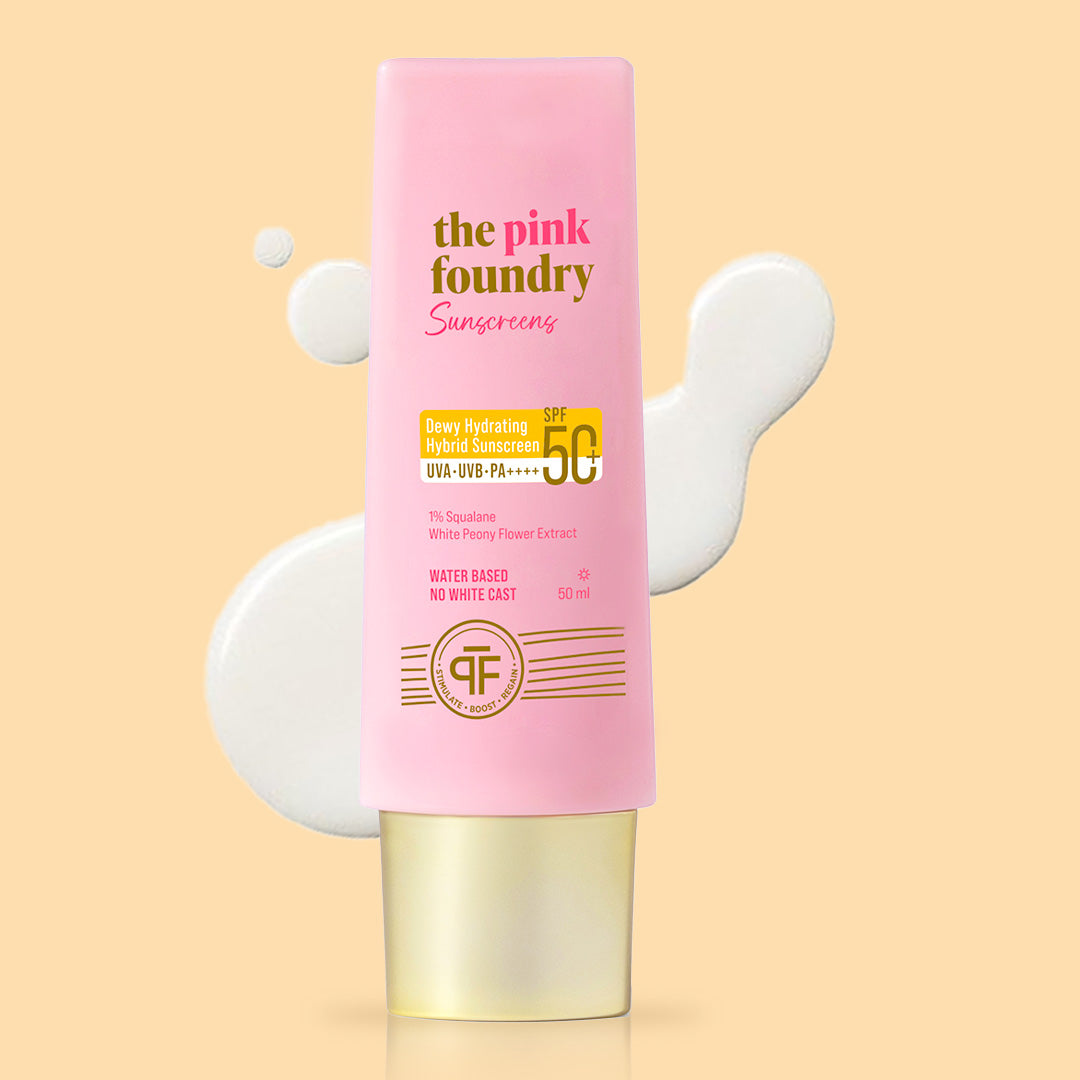
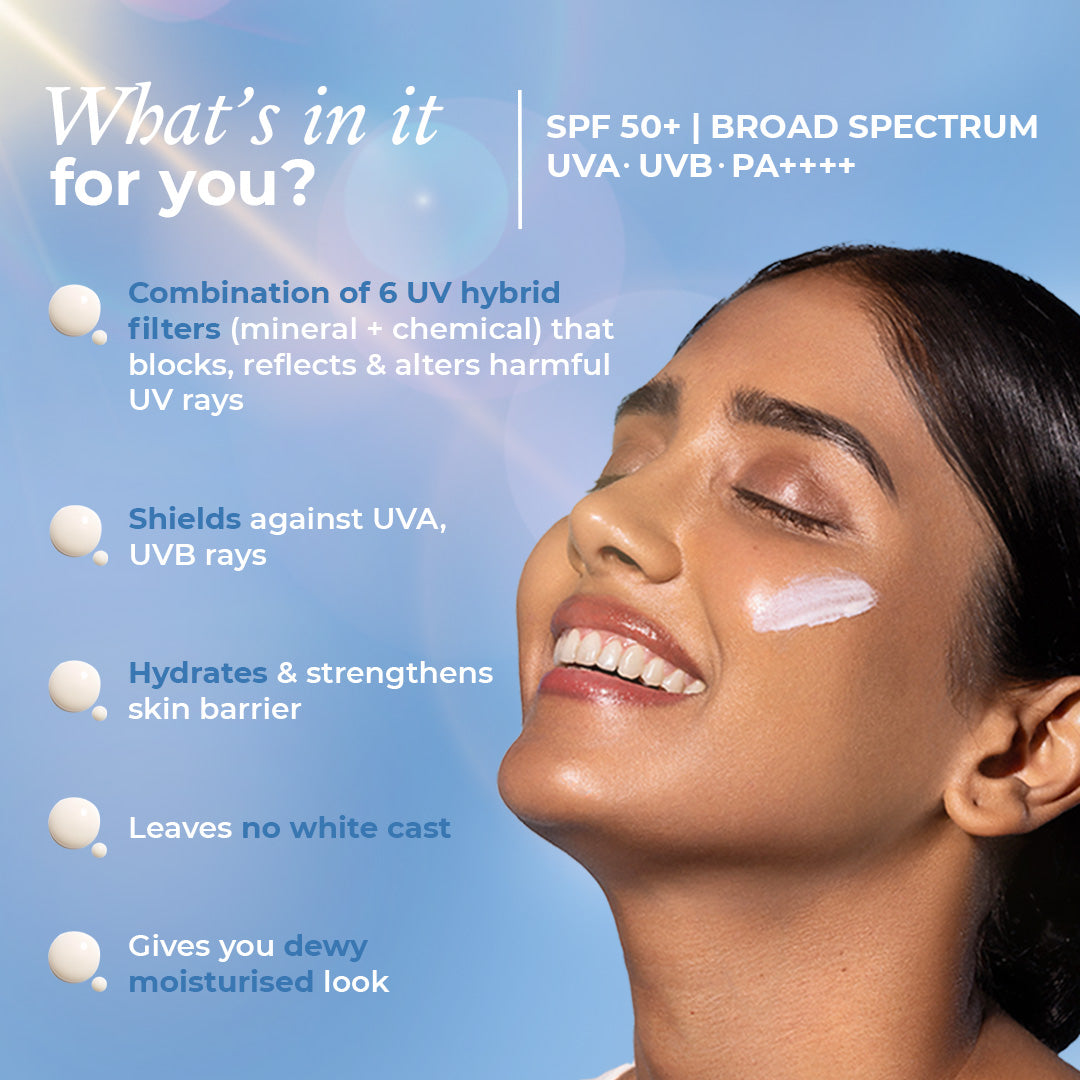
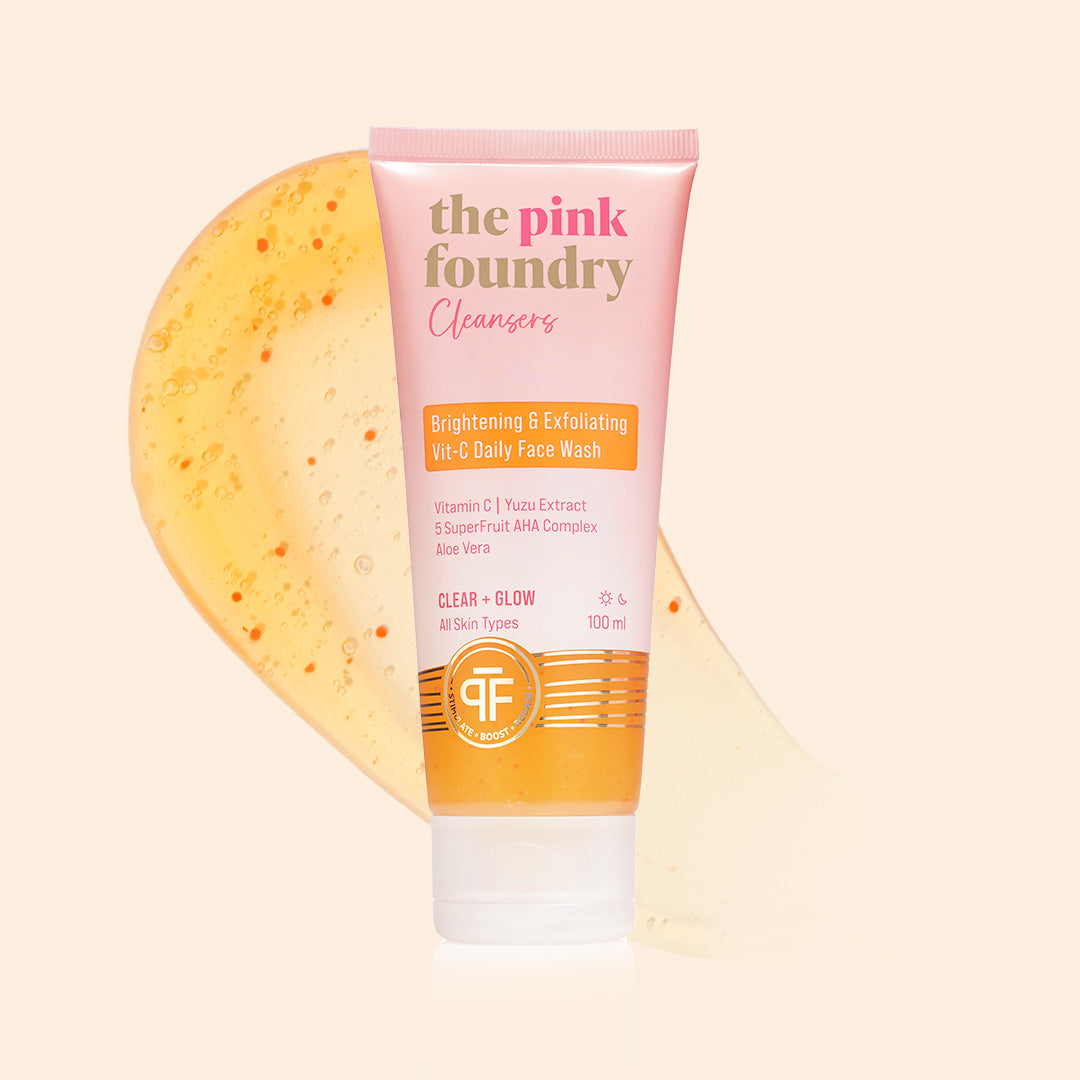
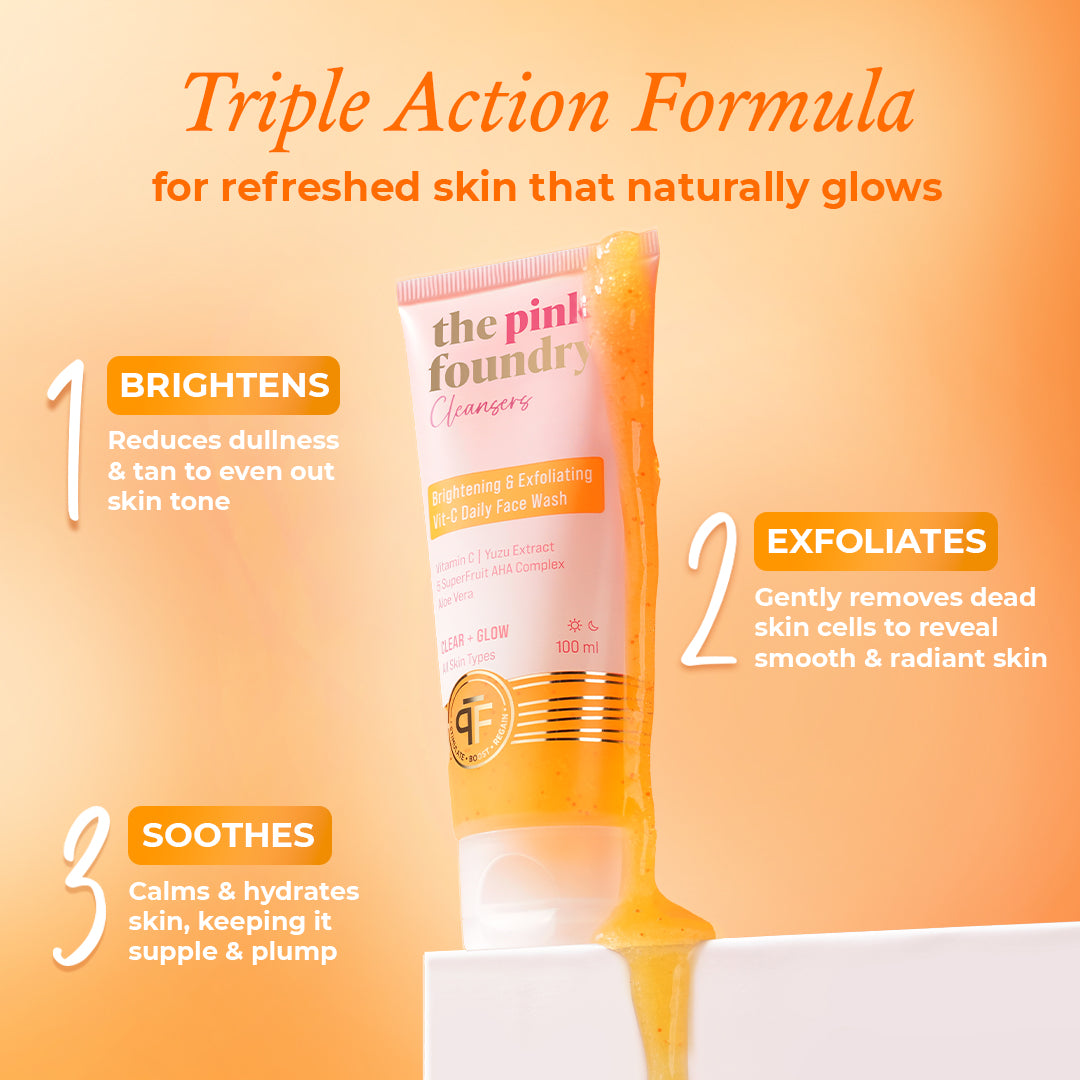
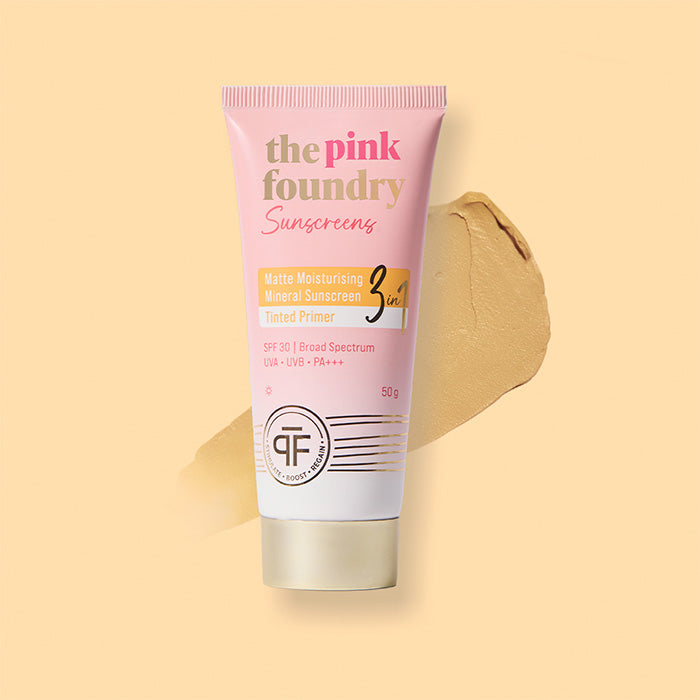
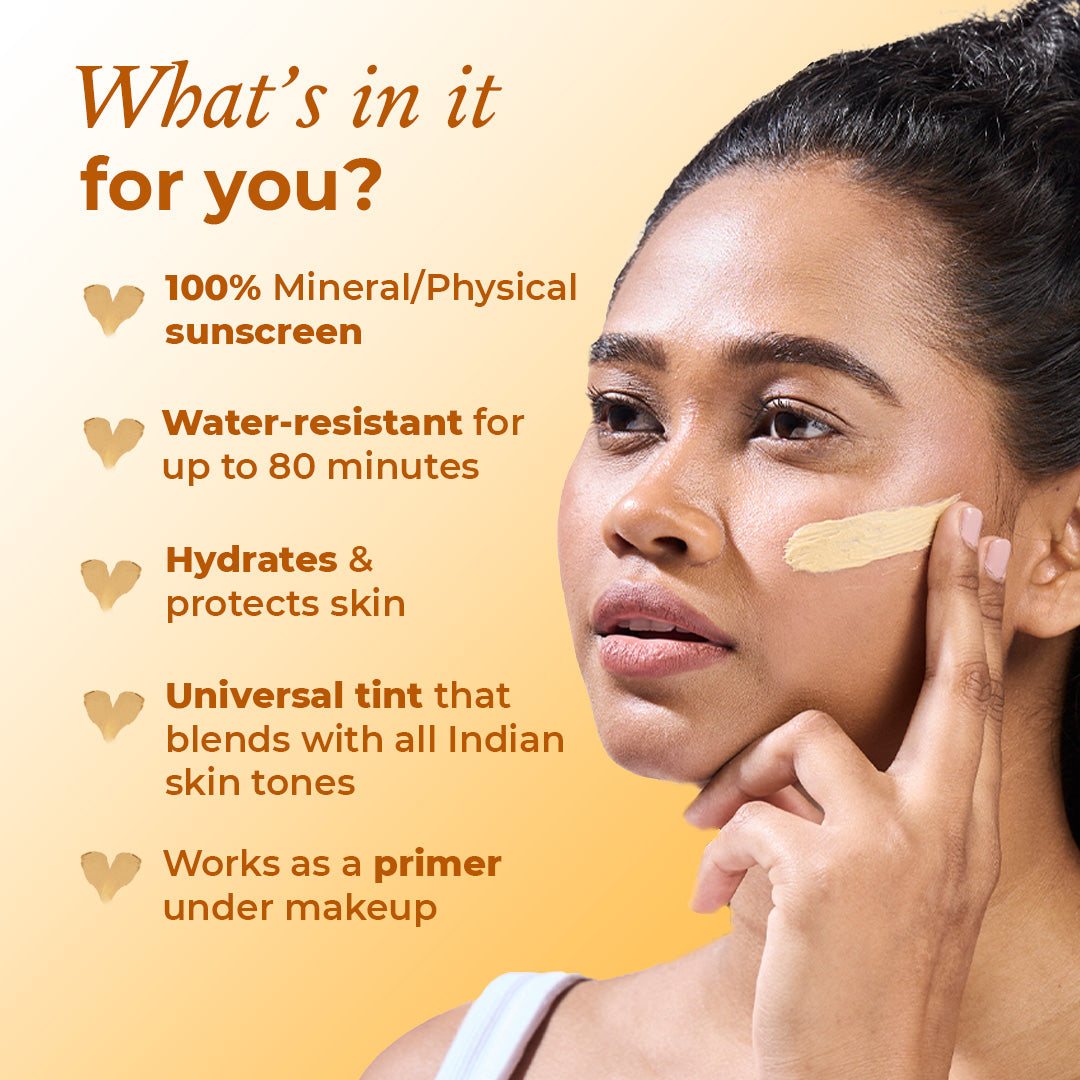
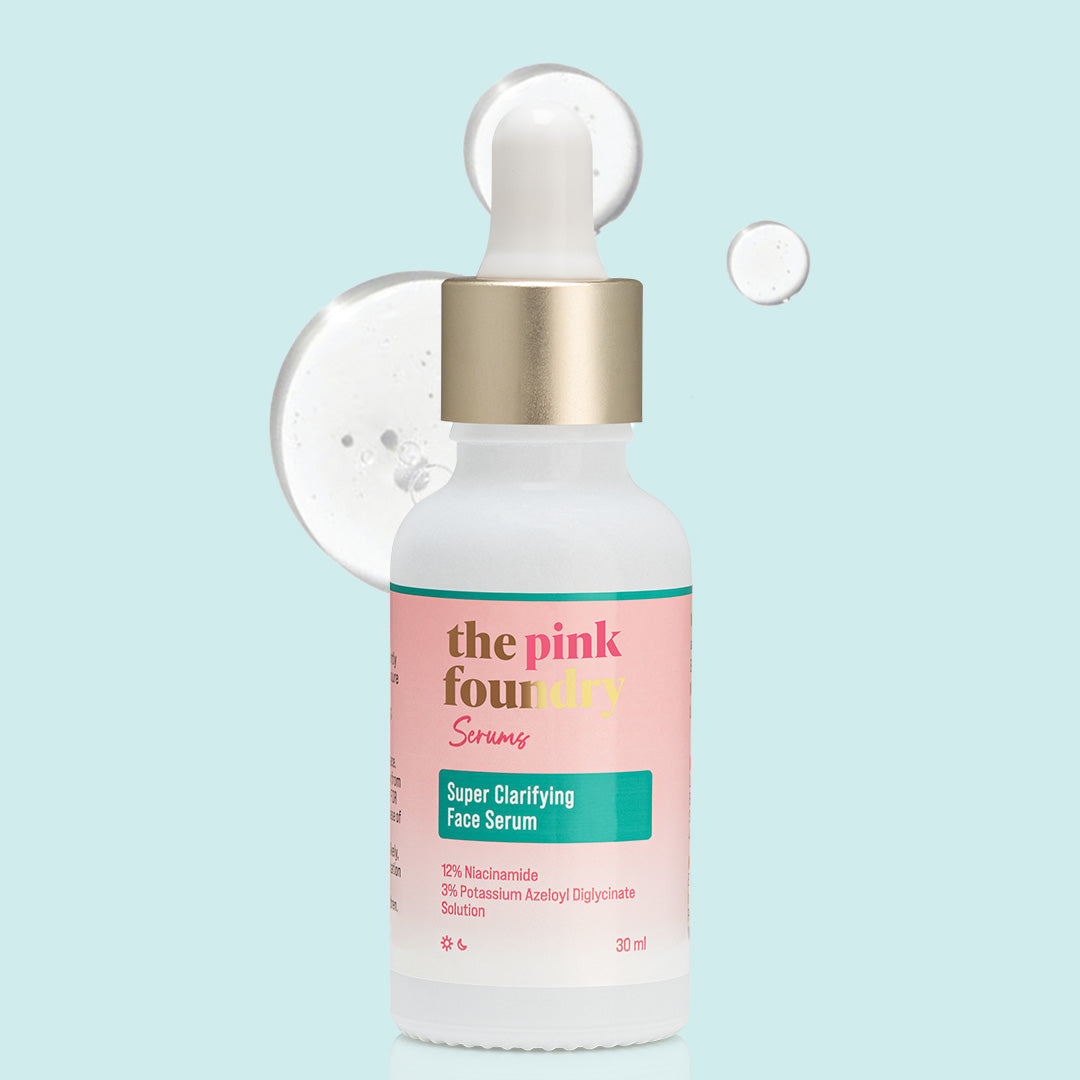
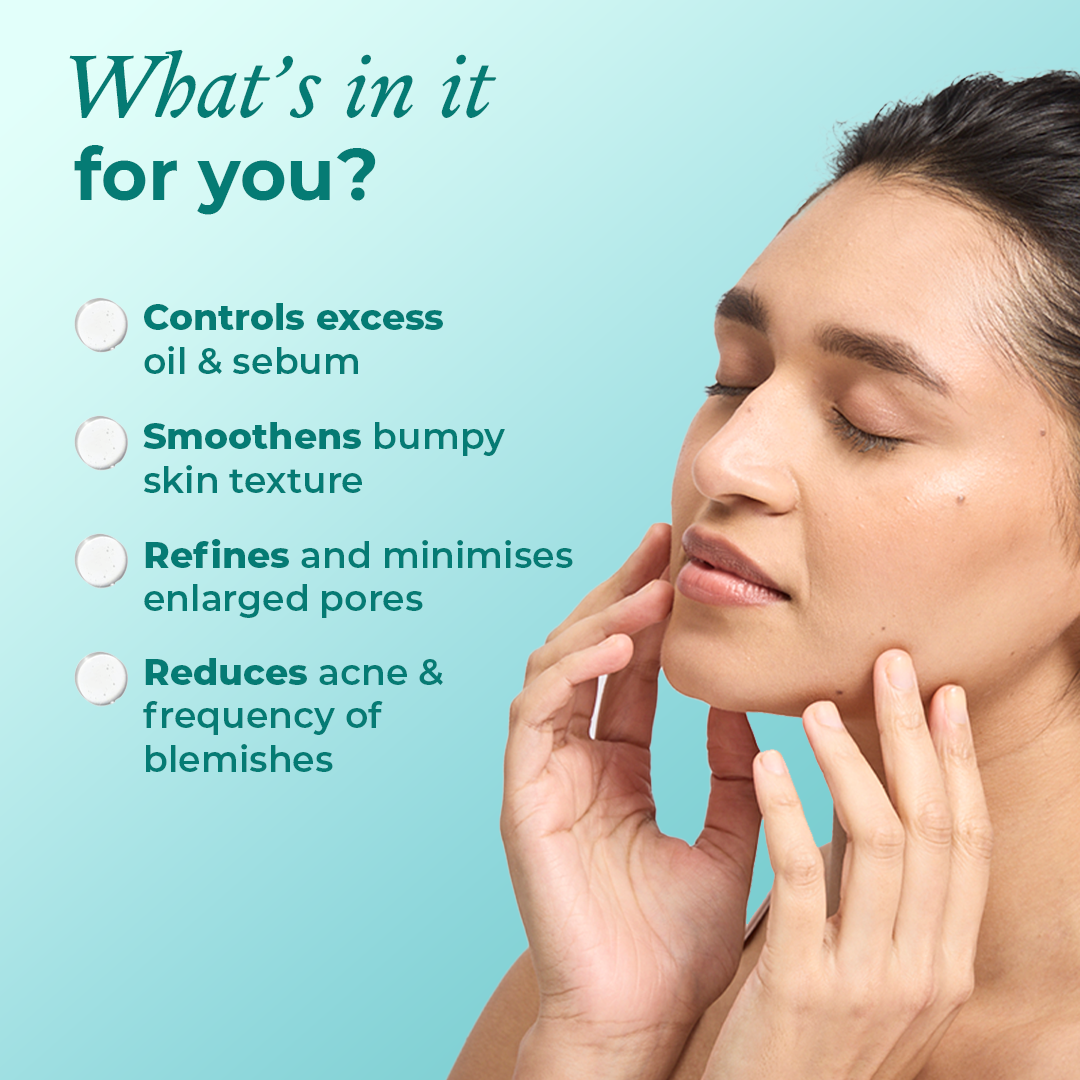

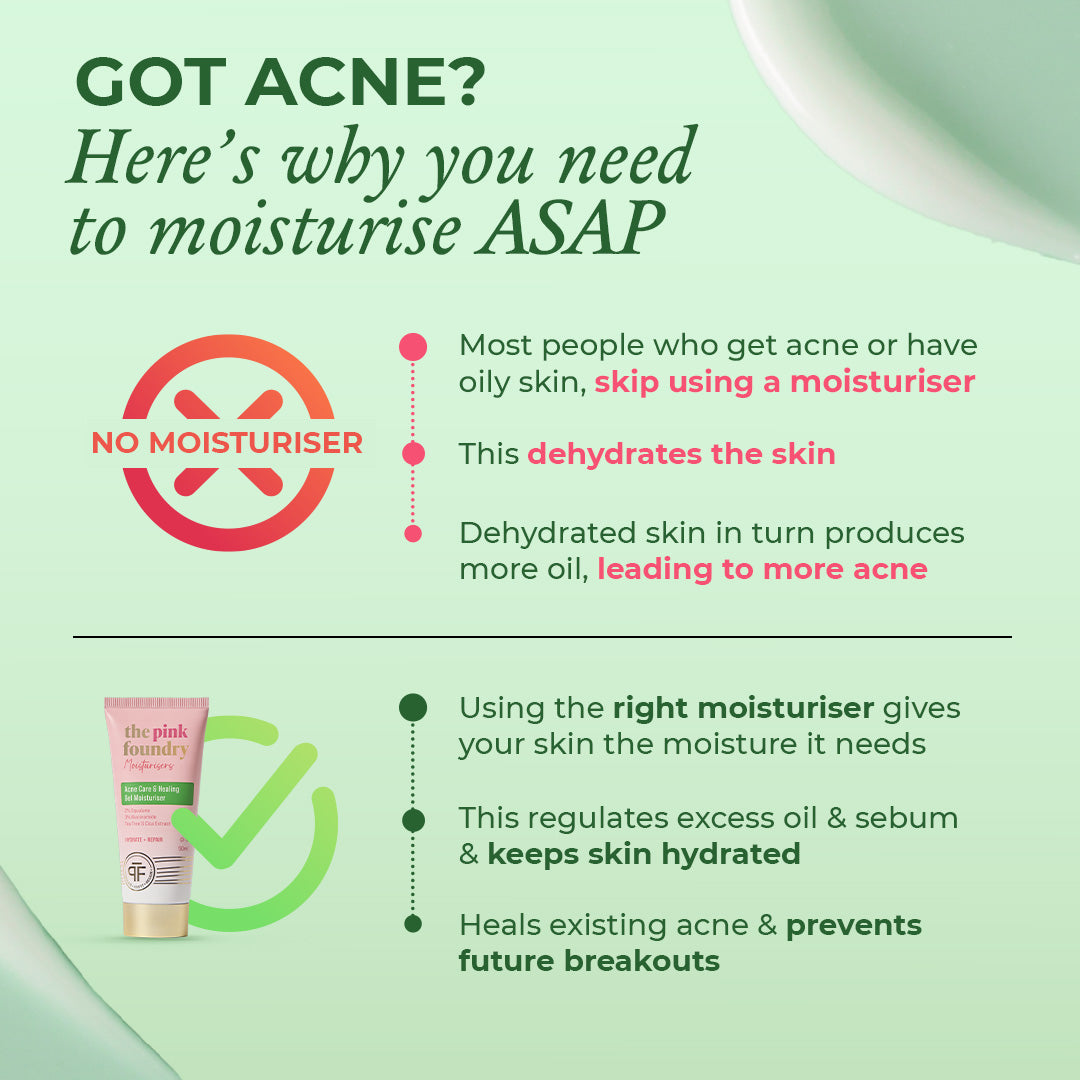
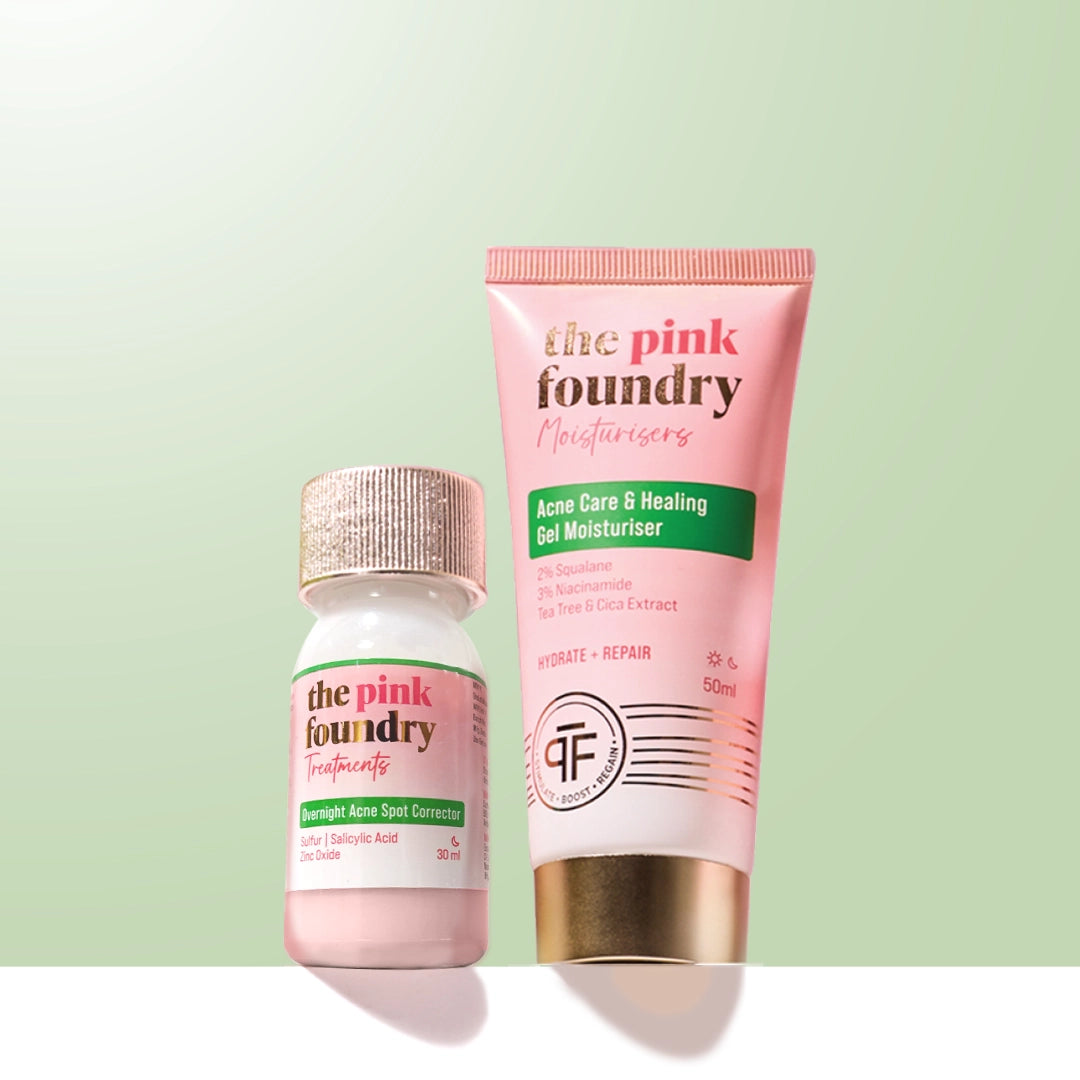
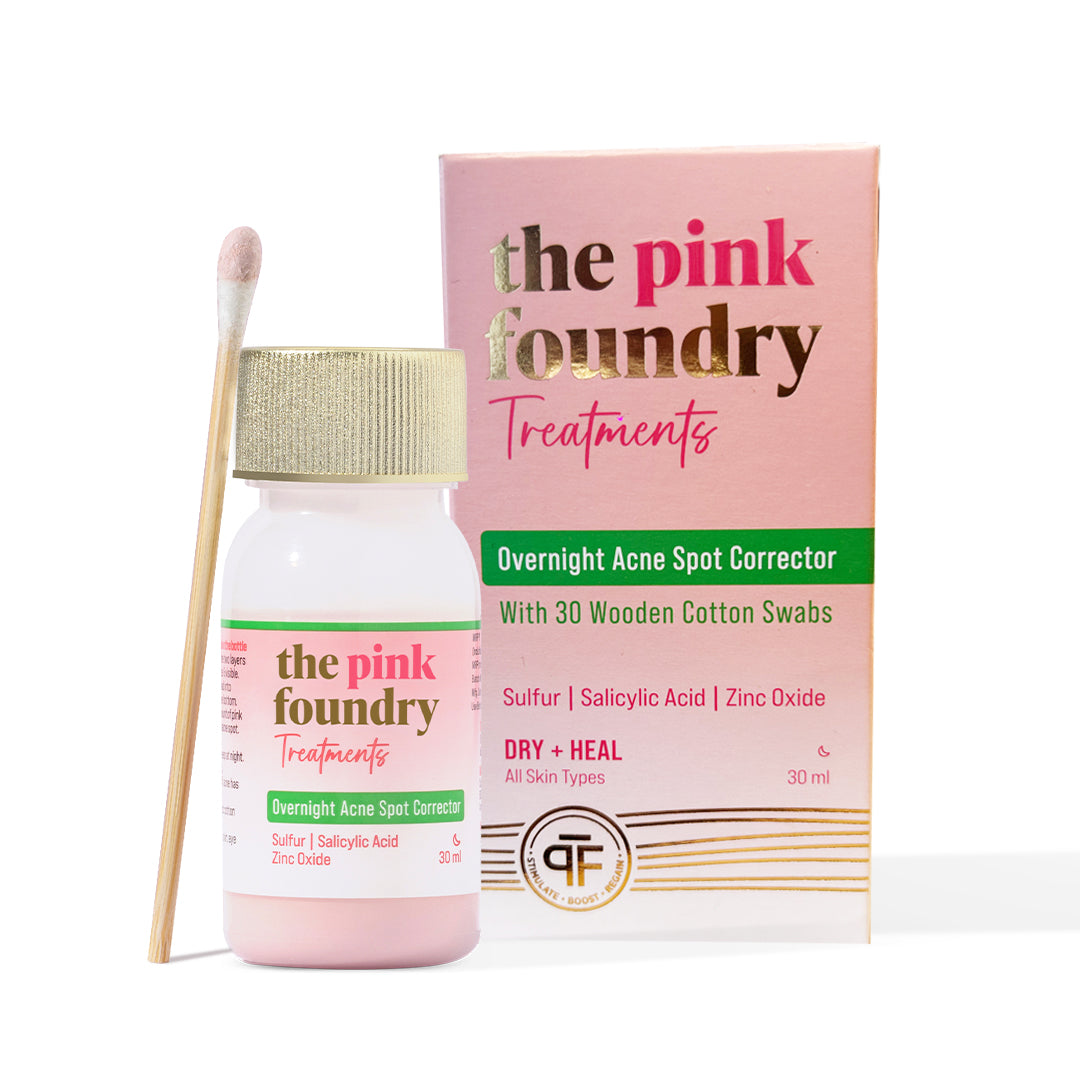
Leave a comment
This site is protected by hCaptcha and the hCaptcha Privacy Policy and Terms of Service apply.